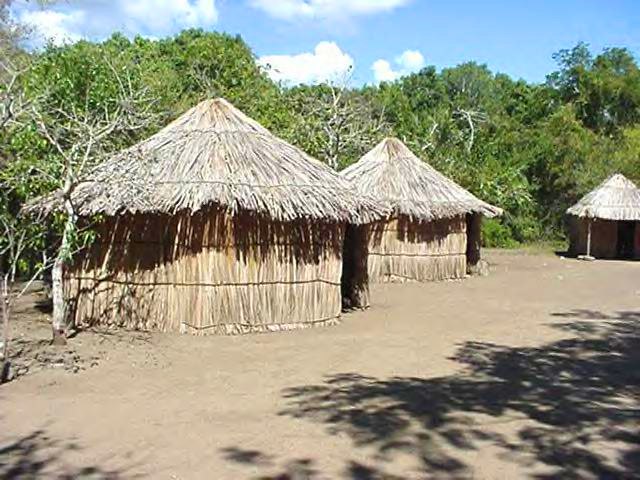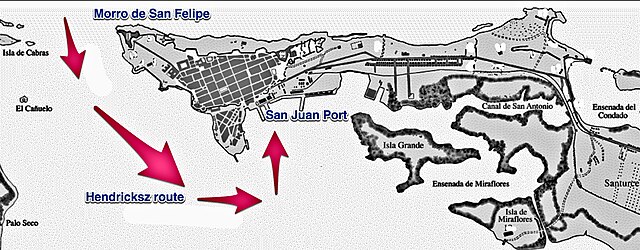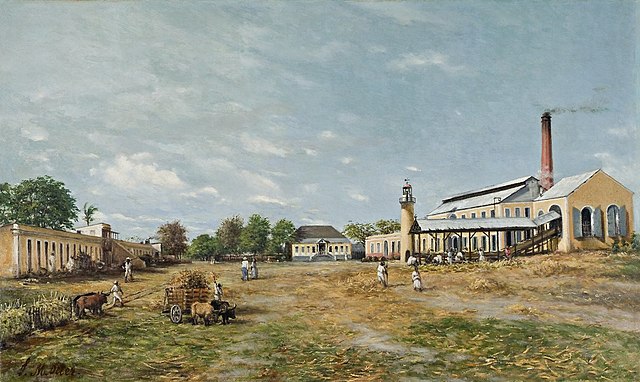Corsican immigration to Puerto Rico
Corsican immigration to Puerto Rico resulted in the 19th century from widespread economic and political changes in Europe that made life difficult for the peasant and agricultural classes in Corsica and other territories. The Second Industrial Revolution drew more people into urban areas for work, widespread crop failure resulted from long periods of drought, and crop diseases, and political discontent rose. In the early nineteenth century, Spain lost most of its possessions in the so-called "New World" as its colonies won independence. It feared rebellion in its last two Caribbean colonies: Puerto Rico and Cuba. The Spanish Crown had issued the Royal Decree of Graces of 1815 which fostered and encouraged the immigration of European Catholics, even if not of Spanish origin, to its Caribbean colonies.
Type of steamship in which Corsicans arrived in Puerto Rico
Royal Decree of Graces, 1815
Memorial dedicated to the Corsicans in Yauco
Residencial González Vivaldi
Puerto Rico, officially the Commonwealth of Puerto Rico, is a Caribbean island, Commonwealth, and unincorporated territory of the United States. It is located in the northeast Caribbean Sea, approximately 1,000 miles (1,600 km) southeast of Miami, Florida, between the Dominican Republic and the U.S. Virgin Islands, and includes the eponymous main island and several smaller islands, such as Mona, Culebra, and Vieques. With roughly 3.2 million residents, it is divided into 78 municipalities, of which the most populous is the capital municipality of San Juan. Spanish and English are the official languages of the executive branch of government, though Spanish predominates.
A 20th-century reconstruction of an 8th-century Taíno village, located at the spot in which their ballpark and remains were discovered in 1975, in the aftermath of Hurricane Eloise
Artist's depiction of Juan Ponce de León, Puerto Rico's first governor
1625 attack on San Juan by Boudewijn Hendricksz
Sugar haciendas, like the one depicted above, ran a significant portion of the Puerto Rican economy in the late 19th century.








